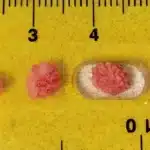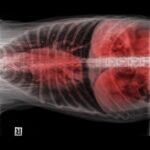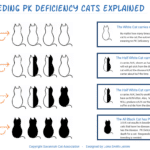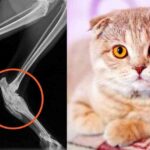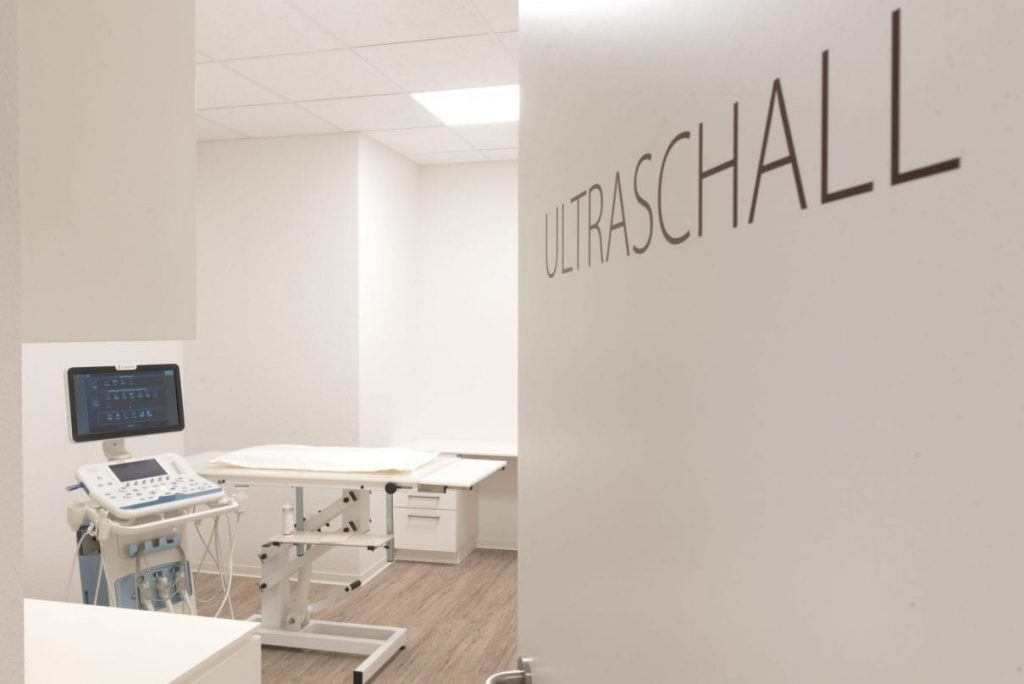
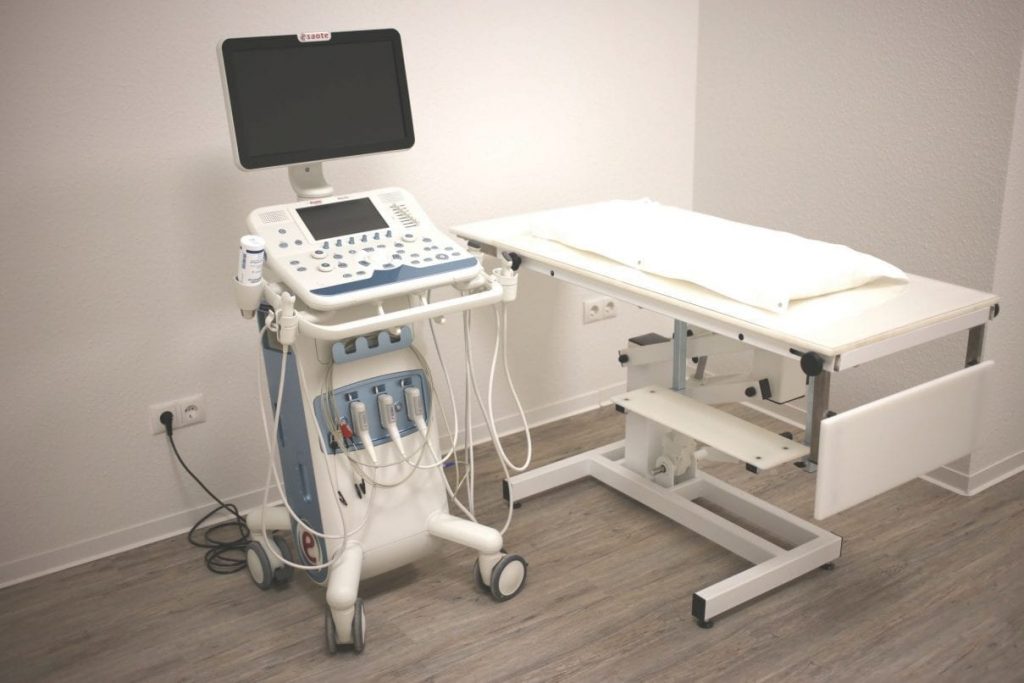
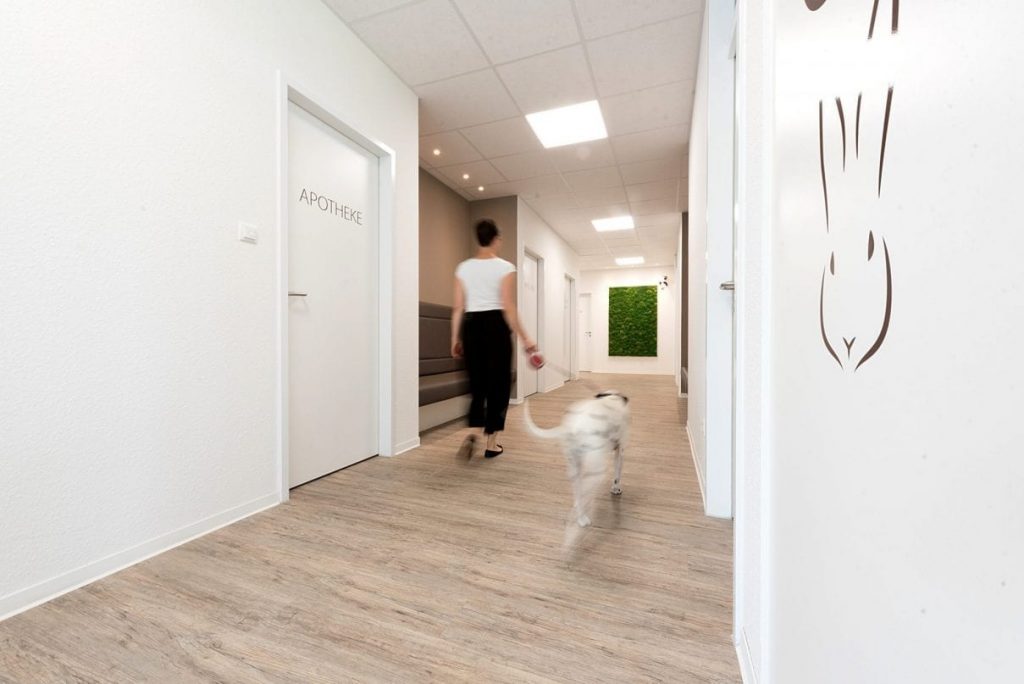
Ultrasound at the Arndt Small Animal Center: Advanced diagnostics for your pets
Introduction to ultrasound for small animals
, ultrasound has developed into one of the most important and most frequently used diagnostic methods in veterinary medicine. This technology has become indispensable, especially in the area of small animals such as dogs, cats and rodents, in order to carry out precise and gentle examinations. At the Arndt Small Animal Center we offer you the most modern ultrasound diagnostics to provide your animal with the best possible care.
Benefits of ultrasound for small animals
Ultrasound examination offers numerous advantages that make it the ideal diagnostic method for small animals:
- Non-invasive: In contrast to invasive methods such as endoscopy or surgical procedures, ultrasound is a completely painless and gentle examination method that does not require anesthesia.
- Fast and precise diagnostics: Ultrasound images are generated in real time, allowing the veterinarian to make an immediate diagnosis and take necessary action.
- Versatile uses: Ultrasound can be used to examine various organs and parts of the body, such as the heart, abdominal organs, reproductive system or joints.
Ultrasound diagnostics in the Arndt small animal center
At the Arndt Small Animal Center we use the most modern ultrasound equipment and highly qualified veterinarians to ensure your animal receives optimal care. Our ultrasound services include:
- Abdominal ultrasound: Examination of the abdominal organs such as the liver, kidneys, spleen, gastrointestinal tract and bladder
- Echocardiography: Diagnosis of heart disease and assessment of cardiac function
- Ultrasound of the reproductive organs: examination of the uterus, ovaries, testicles and prostate
- Joint and soft tissue ultrasound: assessment of muscles, tendons, ligaments and joints
When is an ultrasound examination useful?
There are many situations in which an ultrasound scan is indicated:
- If diseases of the internal organs are suspected
- For monitoring pregnancy and birth preparation
- For unclear swelling or injuries
- To control tumor growth or metastases
- If you have a heart murmur or suspected heart problems
Process of an ultrasound examination in the Arndt small animal center
The ultrasound examination at the Arndt Small Animal Center is carried out by our experienced veterinarians. Here is an overview of the process of such an investigation:
- Preparation of the animal: As a rule, no special preparation of the animal is necessary. However, certain examinations, such as an abdominal ultrasound, may require your pet to fast.
- Positioning the animal: Your animal will be positioned on a special examination table/ examination cushion to ensure an optimal position for the examination. Depending on the area being examined, it may be necessary to shear your animal's fur to ensure good transducer coupling.
- Application of ultrasound gel: Before the examination, ultrasound gel is applied to the region to be examined. The gel improves sound transmission and enables better image quality.
- Carrying out the examination: The veterinarian moves the ultrasound head over the region to be examined and assesses the images generated. Different settings and modes of the ultrasound device can also be used to make the most accurate diagnosis possible.
- Discussion of the findings: After the examination, the veterinarian will discuss the findings with you and explain the necessary therapeutic measures or further diagnostic steps.
Conclusion: Ultrasound in the Arndt Small Animal Center for optimal care for your animal
Ultrasound is an essential method in the diagnosis of small animals and offers numerous advantages to both veterinarians and animal owners. At the Arndt Small Animal Center we strive to offer the best possible care for your animal and therefore rely on the latest ultrasound technology and qualified specialist staff. With our comprehensive ultrasound diagnostics, we can identify and treat illnesses and injuries in a targeted and gentle manner in order to enable your animal to live a long and healthy life.
A high-resolution ultrasound device of the latest generation from the esaote brand (MyLab Six) with a corresponding number of different probes for pets up to the Great Dane with the various options for Doppler sonography with digital archiving options for images and video sequences gives us excellent diagnostic options.
The various transducers are used primarily to examine the abdominal organs and the heart; an examination of the muscles and eyes is also possible.
Imaging examinations of the abdominal cavity are an important diagnostic aid, especially for questions of internal medicine. The examination can be carried out on almost all animals without anesthesia or other preparatory measures. Other reasons for abdominal ultrasound examinations are to rule out internal injuries after accidents, to clarify fluid accumulations in the abdominal or chest cavity, severe abdominal pain, unclear increase in abdominal circumference, etc.
Sonography can ideally complement the X-ray examination if necessary.

